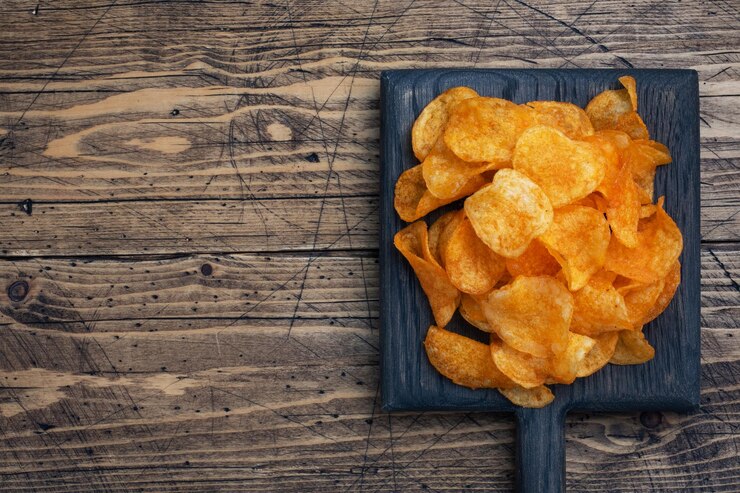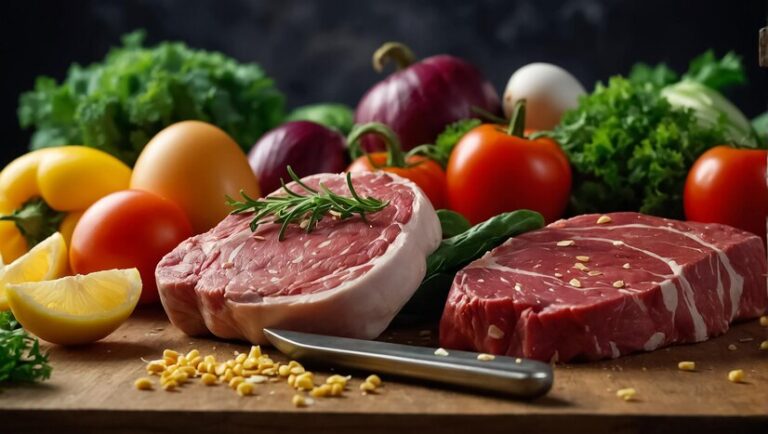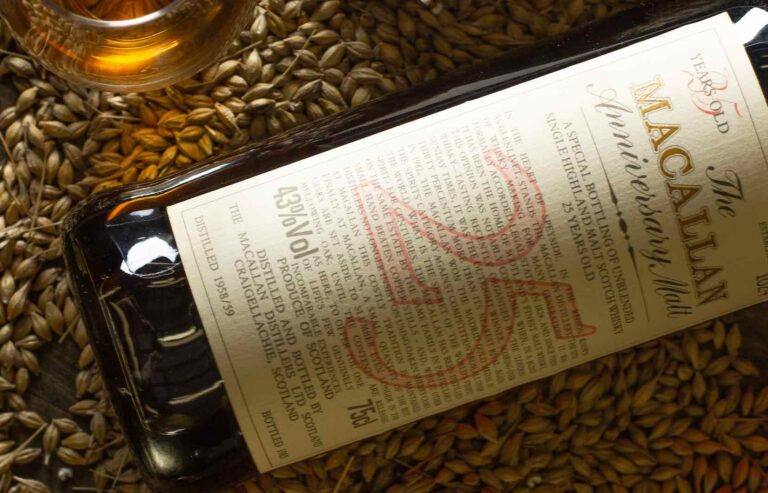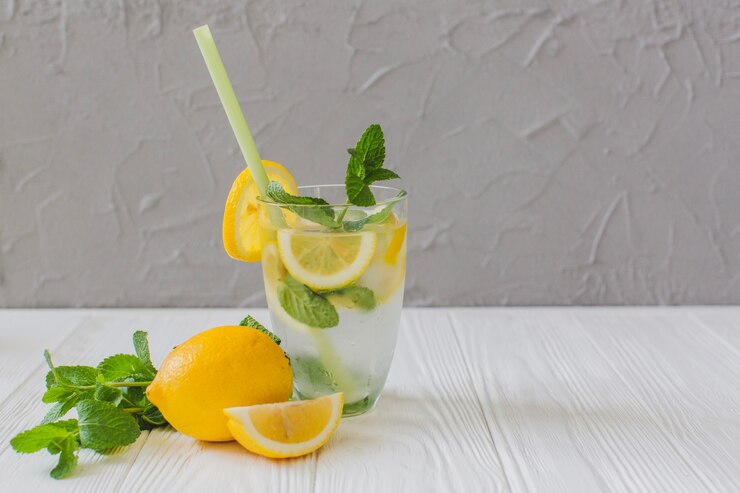Papitas: The Crispy Delight Loved Around the World
Introduction
When it comes to snacks, few things are as universally beloved as papitas. These crispy, golden treats are enjoyed by people of all ages and backgrounds. Whether you know them as potato chips, crisps, or papitas, their irresistible crunch and delicious flavors make them a favorite snack choice globally. This article delves into the world of papitas, exploring their history, varieties, health considerations, and the cultural impact they have had around the world.
The History of Papitas
1. Origins
- Accidental Invention: The story goes that papitas were invented by accident in 1853 by George Crum, a chef at a resort in Saratoga Springs, New York. After a customer complained about his fried potatoes being too thick and soggy, Crum sliced them paper-thin, fried them to a crisp, and seasoned them with salt, creating the first potato chips.
- Popularity: These “Saratoga Chips” quickly became popular, leading to the birth of a new snack sensation.
2. Commercialization
- Mass Production: By the early 20th century, the mass production of potato chips began, with companies like Lay’s and Wise leading the way. This made papitas more accessible to a wider audience.
- Innovation: Over the years, innovations in flavors and packaging have kept papitas at the forefront of the snack industry.
Varieties of Papitas
1. Classic Potato Chips
- Original Flavor: The timeless classic, seasoned with just the right amount of salt.
- Kettle-Cooked: Thicker and crunchier, kettle-cooked chips are cooked in small batches for a heartier texture.
2. Flavored Papitas
- Barbecue: Sweet and smoky, barbecue-flavored papitas are a crowd favorite.
- Sour Cream and Onion: A perfect blend of tangy sour cream and savory onion.
- Cheddar Cheese: Rich and cheesy, these chips are a hit with cheese lovers.
- Salt and Vinegar: A zesty and tangy option for those who like a bit of bite in their snacks.
3. Alternative Ingredients
- Sweet Potato Chips: A healthier alternative, offering a slightly sweeter flavor profile.
- Vegetable Chips: Made from a variety of vegetables like beets, carrots, and kale, these chips provide a colorful and nutritious option.
- Plantain Chips: Popular in Latin American cuisine, these chips are made from plantains and offer a unique taste and texture.
Health Considerations
1. Nutritional Content
- Caloric Density: Papitas are high in calories due to their fat content, so they should be enjoyed in moderation.
- Sodium Levels: Many papitas contain significant amounts of sodium, which can contribute to high blood pressure if consumed excessively.
2. Healthier Options
- Baked Chips: A lower-fat alternative to traditional fried chips.
- Air-Popped Chips: Made without oil, air-popped chips are a healthier option.
- Low-Sodium Varieties: Available for those looking to reduce their salt intake.
Cultural Impact of Papitas
1. Global Popularity
- United States: Papitas are a staple snack in American culture, often enjoyed at parties, picnics, and alongside sandwiches.
- United Kingdom: Known as crisps, they are a beloved part of British snack culture, often enjoyed with a pint of beer.
- Latin America: Plantain chips and other variations are integral to the snack culture in countries like Colombia, Ecuador, and Peru.
2. Pop Culture
- Advertising Icons: Characters like the Lay’s “Mr. Potato Head” have become iconic symbols in the snack world.
- Movies and TV: Papitas are frequently featured in movies and TV shows, symbolizing casual snacking and social gatherings.
How to Make Papitas at Home
1. Ingredients
- Potatoes: Russet or Yukon Gold are ideal for making crispy chips.
- Oil: Vegetable oil or peanut oil for frying.
- Seasoning: Salt and any additional flavorings you prefer.
2. Steps
- Slice Thinly: Use a mandolin slicer for uniform thin slices.
- Soak in Water: Soak the slices in cold water for 30 minutes to remove excess starch, ensuring crispiness.
- Dry Thoroughly: Pat the slices dry with a paper towel to prevent oil splatters.
- Fry: Heat the oil to 350°F (175°C) and fry the slices in batches until golden brown.
- Season: Drain on paper towels and season immediately with salt or your preferred seasoning.
Conclusion
Papitas are more than just a snack; they are a cultural phenomenon enjoyed by people all over the world. From their accidental invention to their status as a global snack staple, papitas have a rich history and a bright future. Whether you prefer classic potato chips, flavored varieties, or healthier alternatives, there is a papita for everyone. Enjoy them responsibly, savor their crunch, and appreciate the joy they bring to our taste buds.






